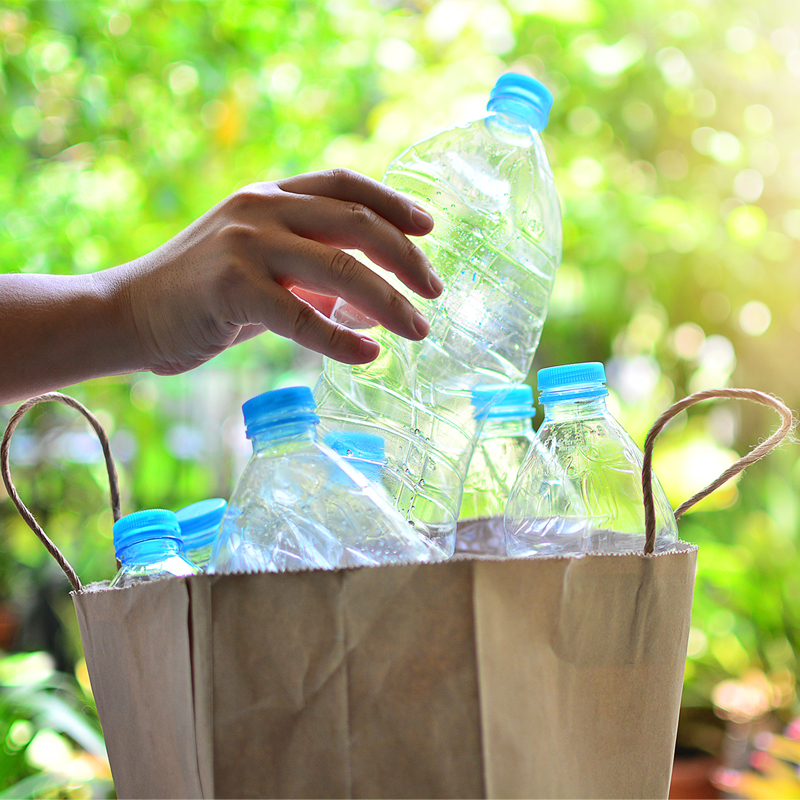Chief Sustainability Officer Ron Jarvis has spent two decades driving sustainability improvements at The Home Depot. Some of the frequently asked questions he responds to offer insights into our progress.
How does The Home Depot measure its impact on the climate, and what progress did the company make in 2019?
We track our carbon dioxide emissions from distribution, store energy use and more, using metrics that are industry standards:
- Scope 1: Direct emissions from combustible sources and refrigerants
- Scope 2: Indirect emissions from purchasing electricity
- Scope 3: Emissions from upstream transportation and distribution of freight
We reduced Scope 1 and Scope 2 emissions 10% and Scope 3 emissions 1% in 2019, compared to the year before. We remain committed to future progress. The Home Depot has pledged to reduce CO2 emissions 2.1% per year, with the ultimate goal of achieving a 50% reduction by 2035.
What’s driving improvement?
We’re reducing our carbon footprint in many ways, but changes in the way we distribute goods and use energy are yielding some of our biggest results. For example, by packing trailers in ways that maximized available space, we were able to avoid sending about 10,500 truckloads of products on the road — saving 15 million driven miles in 2019. Our U.S. stores reduced electricity consumption by 383 million kilowatt hours, a decrease of 12% year over year. We are ahead of our 2020 goal to achieve a 20% reduction in store kilowatt-hour energy use, compared to 2010 consumption.
What is behind the company’s push to reduce single-use plastics? What are the results so far?
As scientists continue to study the impact plastic has on our environment, particularly our oceans, we better understand why it’s important to reduce single-use plastics. We’re approaching that reduction in a few ways. We are partnering with suppliers to improve products and packaging. Those efforts eliminated 1.44 million pounds of plastic and replaced another 7.73 million pounds of virgin plastic with recycled plastic in 2019. We’re working to eliminate waste through a variety of Circular Economy initiatives, such as collecting used plant containers from customers for reuse by our suppliers. In our private-brands packaging, we’re swapping plastics and other materials for biodegradable materials like molded pulp and paper.
Describe the progress The Home Depot is making to lower the environmental impact of products.
We understand that our biggest impact on the environment comes from the products we sell. So, we constantly look for ways to improve. In 2019, we eliminated perfluoroalkyl and polyfluoroalkyl substances (PFAs) from carpets and rugs sold in the U.S. and Canada.
It’s part of the commitment outlined in our Chemical Strategy , which guides our efforts to work with suppliers to reduce the indoor air quality impact of chemicals used in the products we sell. Since we outlined the strategy in 2017, The Home Depot has eliminated suspect chemicals in carpet, flooring and insulation, and we are ahead of our stated goals to make our paints and cleaning products greener.
How does the Eco Options product classification work?
Our Eco Options® program is our effort to better define and clarify manufacturers’ green-product claims. For a product to receive Eco Options classification, the supplier must document attributes that demonstrate it has less of an impact on the environment than comparable products in the same category.
We have a unique opportunity to educate the thousands of customers who shop with The Home Depot every day. Just knowing the potential impact of certain products or how we use them can help all of us make better choices about how we use energy, water and chemicals in our homes.
To read more about The Home Depot’s commitment to sustainability, visit the 2020 Responsibility Report






